
Tutti con le luci spente per la ricerca. Così si misura il cielo dal balcone di casa (Il Tirreno, Grosseto Edition, Sep. 29, 2020)


Luciano Massetti, from the Italian Research Council’s Institute of Bioeconomy in Florence, has published on the Journal of Quantitative Spectroscopy and Radiative Transfer and article analysing three years of data collected through the night sky quality meter network deployed since 2016 in Tuscany. The network currently has sensors in Sesto Fiorentino (right next to Florence), Leghorn, the San Rossore Park just West of Pisa, and on the Island of Montecristo. We are collaborating on these topics with Luciano since 2016 with our BuioMetria Partecipativa project.
Through September the full article may be downloaded from https://authors.elsevier.com/a/1bbea564SNVl5
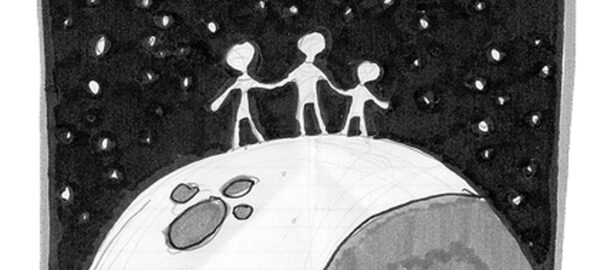
The proceedings of the 11th Symposium of the International Society for Digital Earth, held in September 2019 in Florence, Italy, have been published. In the proceedings you also find an article about the presentation given by Andrea Giacomelli (co-authored by Elena Maggi and Luciano Massetti) on BuioMetria Partecipativa.
The article is available from this page (DOI: https://doi.org/10.1088/1755-1315/509/1/012018)
For more information on buiometria partecipativa, and services on light and darkness by pibinko.org:
Abstract
Citizen observatories are community-based systems that can complement official networks for environmental data collection. This study proposes the case of a Citizen Observatory on light pollution, developed in Tuscany since 2008. Starting from the collection of measurement by volunteers, the observatory is now composed by a heterogeneous array of subjects (two research institutions, two rural communities, a rock-blues band, and a professional photographer) operating from local to international level through its connection with the international scientific community. This collaboration produced several outcomes: light pollution monitoring campaigns, numerous outreach events for raising citizen awareness on light pollution and its consequences and for the promotion of dark sky areas, input to global level position papers and scientific publications, the organization of an international Symposium on promotion and protection of the night sky.
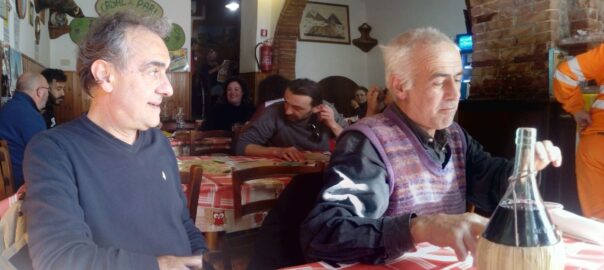
The novel (and the movie) which have been censored by the dark-sky protection community with measure that are harsher than those used for “Last Tango in Paris”.
Wikipedia Link: https://en.wikipedia.org/wiki/Everything_Is_Illuminated
To learn more about the reasons for such a reaction:
This is great news for BuioMetria Partecipativa and Mauro Tirannosauro, after all their efforts since 2008 to promote and protect the night skies. To know more about the story and how this will impact your life: micalosapevo@pibinko.org.
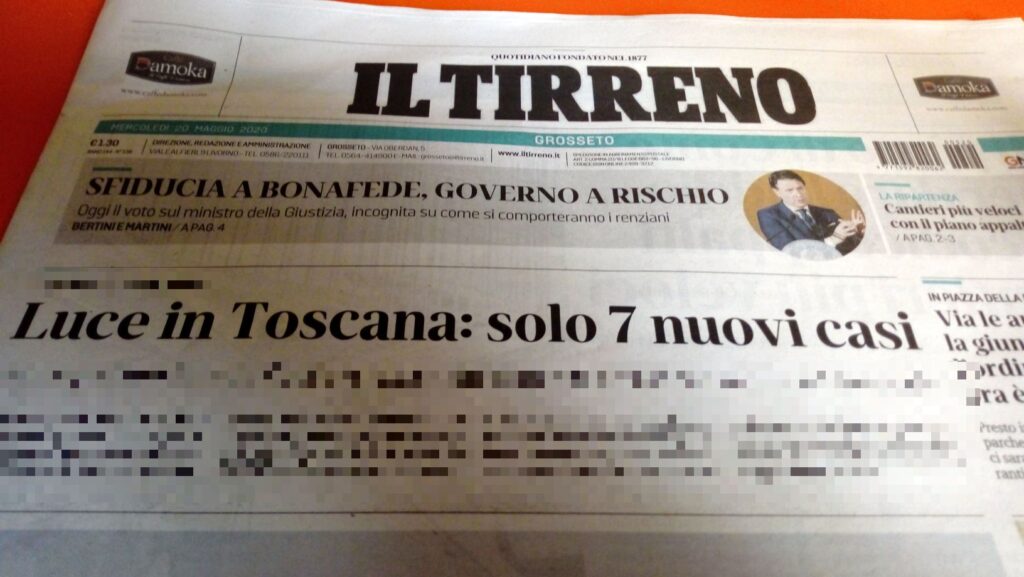

In Italian May is “Maggio”, so “Maggeo” is a sort of fusion between the name of the month and the geo- prefix. Since in 2020 it is not possible to attend May Day celebrations in person, in Italy and many other parts of the world, we try to re-enact some past May Day events by simulating their unfolding with a combination of mapping supports, videos and photos.
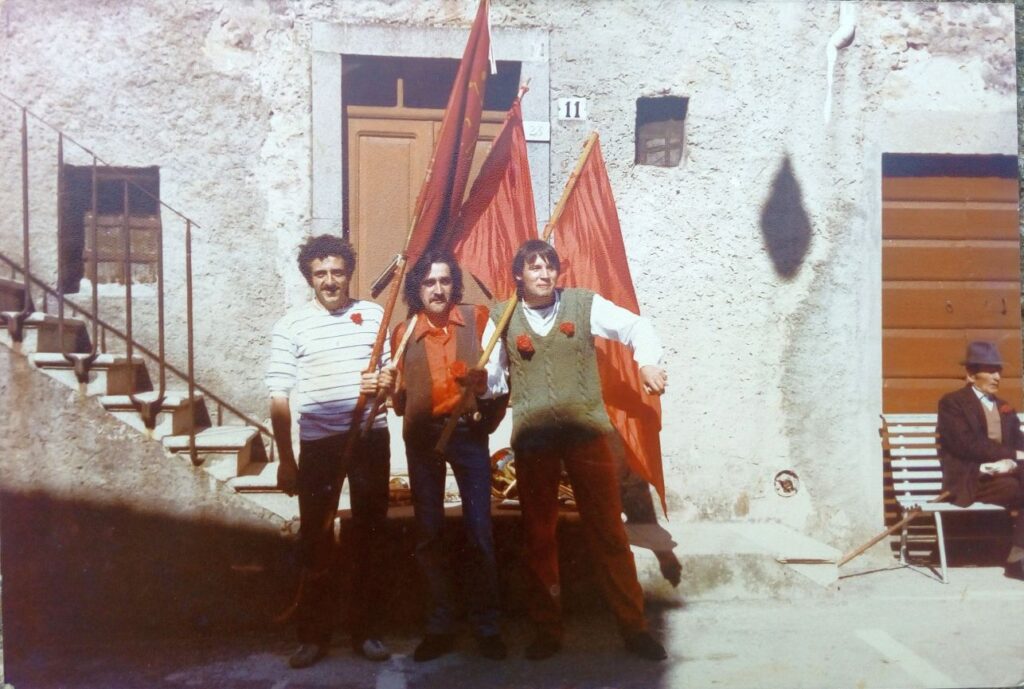
As a Maggeo prototype we took the 2009 May Day in the Farma Valley, in Tuscany, about 100 km South of Florence. On that occasion, with the BuioMetria Partecipativa project we followed all the celebration. This starts normally at 8.30AM in the Piloni square with a sandwich with marinated anchovies + red wine (or soda if you can’t have wine), and ends around noon at the Torniella football field, after several other stops of this type. At the end of the march, some people possibly end up having too many marinated anchovies, but the spirit of the is May Day is very strong (in all ways).
Along the walk from Piloni to Torniella, we asked to as many people as possible “how dark is the sky above the Farma bridge?” (before posing the question we were giving notions on light pollution and night sky quality measurement, so that our counterpart would not be giving random numbers).
For more information and booking: micalosapevo@pibinko.org
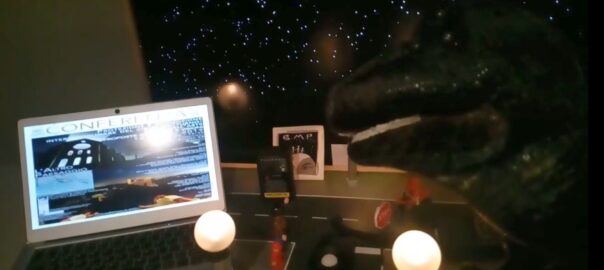
TO BE TRANSLATED
Il 23 marzo e 16 aprile 2020 ho tenuto un corso integrativo sull’Applicazione di metodi partecipati alla progettazione di interventi di tutela e valorizzazione interdisciplinare del cielo notturno per gli studenti del corso di Composizione Architettonica per la Laurea in Ingegneria Edile-Architettura dell’Università di Brescia (docente prof. Olivia Longo).
Il corso ha costituito lo sviluppo del convegno tenuto sullo stesso tema nel maggio 2019, con riconoscimento di crediti formativi professionali per ingegneri e architetti, sempre all’Università di Brescia. Durante il corso c’è stato anche un saluto
Per approfondimenti
Per informazioni e booking: info@pibinko.org
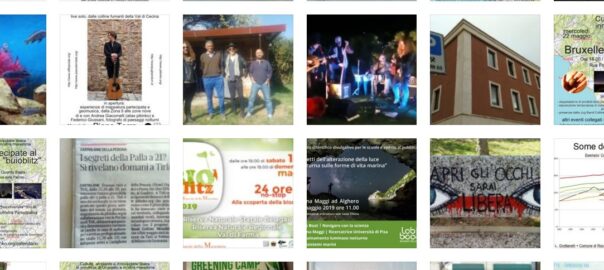
This was a long talk with Disma Pestalozza and Alessandro Diegoli, providing breaking news on Participatory Lithology, but also going into various flashbacks related to the pibinko.org network. These included “The Revenge of the Killer Chihuahua and of the Zombies” (2006), the ancient game of palla 21, buiometria partecipativa (participatory night sky quality monitoring), Aunt Eda’s yummy recipees, insight on Tatti, Southern Tuscsany, and how the COVID-19 lockdown is lived in lesser-known rural areas..all these stories are documented on the sito pibinko.org. You may consider using this page as an entry point.
For more information: info@pibinko.org